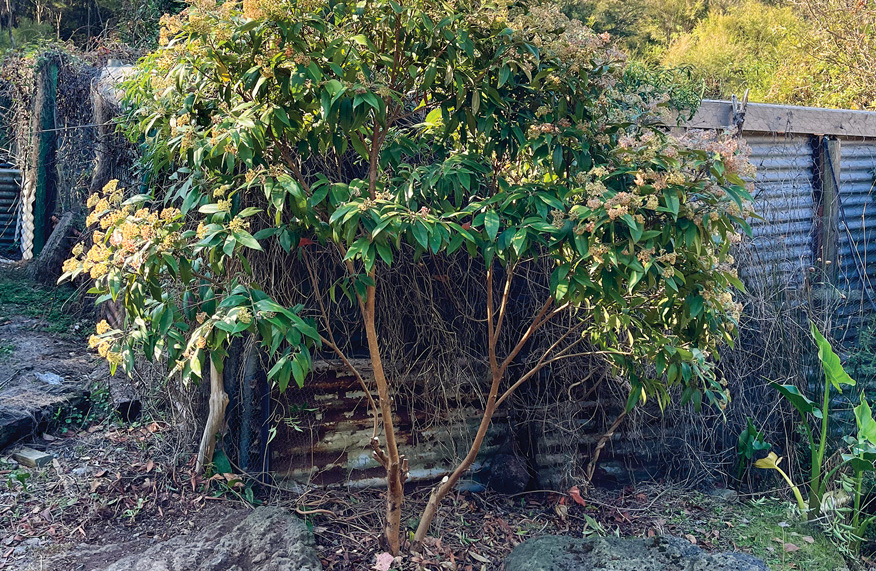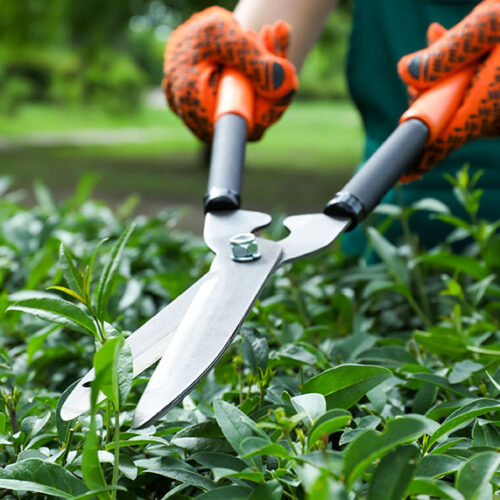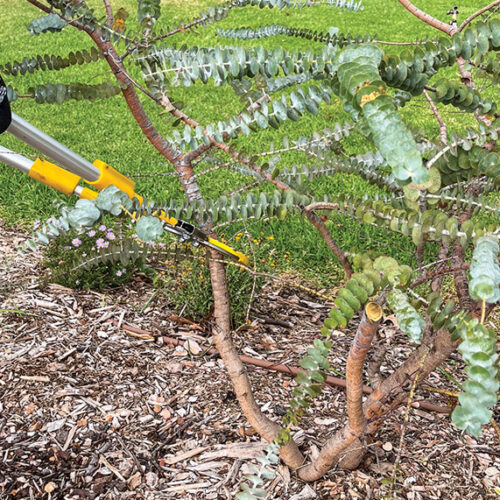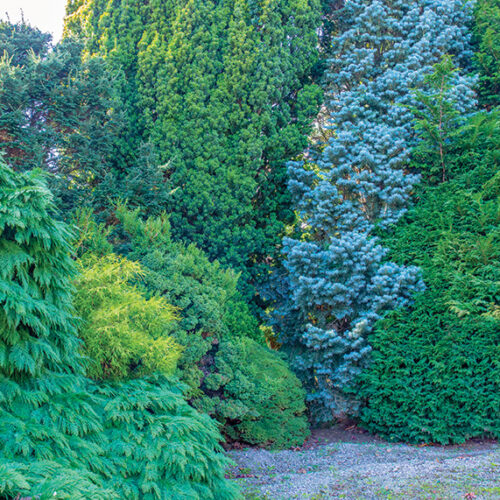Under-pruning
2025-06-01T13:39:12+10:00
Under-pruning is a technique that not only maintains plant health but also boost flowering and fruiting.
What is under-pruning? Also known as canopy or skirt lifting, this technique involves removing the lower branches of a tree or shrub, creating clearance from the ground.
What are the benefits? Under-pruning supports plant health, improves appearance, reduces hazards from low branches and allows easier access for maintenance such as mowing. It creates space beneath the canopy for small shrubs or groundcovers that support a different array of wildlife and help suppress weeds. Under-pruning large shrubs can give them a sculptural, tree-like presence – ideal where space is limited.
Suitable candidates? Shrubs, and trees with very low branches, can successfully have their trunk exposed. Good candidates include conifers, large grevilleas, magnolia, selected viburnum, forsythia, banksia, lilac and wattles. Here, a lemon-scented myrtle (Backhousia citriodora) is under-pruned to expose the attractive trunk and to allow for planting underneath.
Common mistakes? Once a plant has been under-pruned, there’s often no going back!
step-by-step
- IDENTIFY which branches to remove, thinking about the eventual shape of the plant, and the reason for under-pruning.
- REMOVE the outer section of branches for weight reduction.
- LOP or saw off the remaining section of larger branches. If sawing, hold the branch to prevent tearing, or undercut the branch first. Over time, new shoots may emerge on the trunk. Remove these as they appear.
Header image by Ray Mooney





